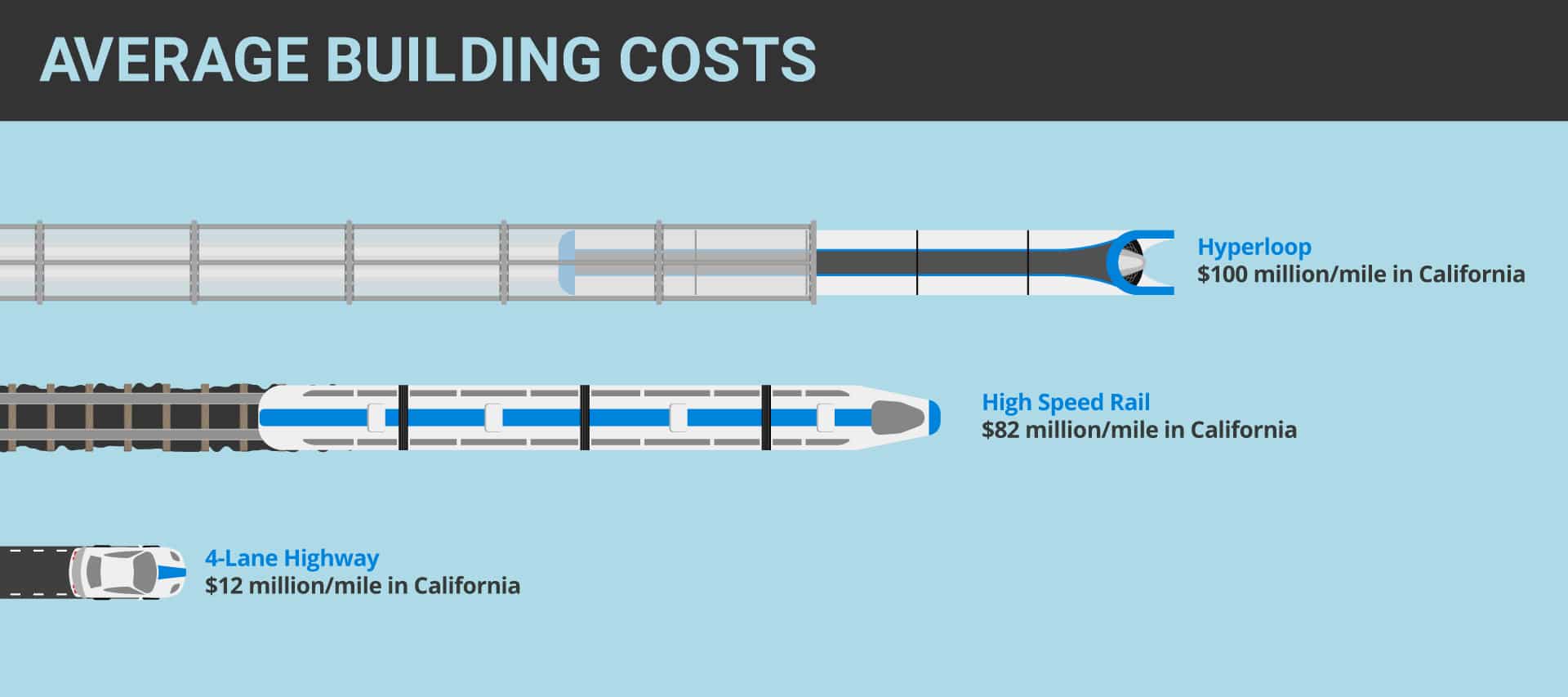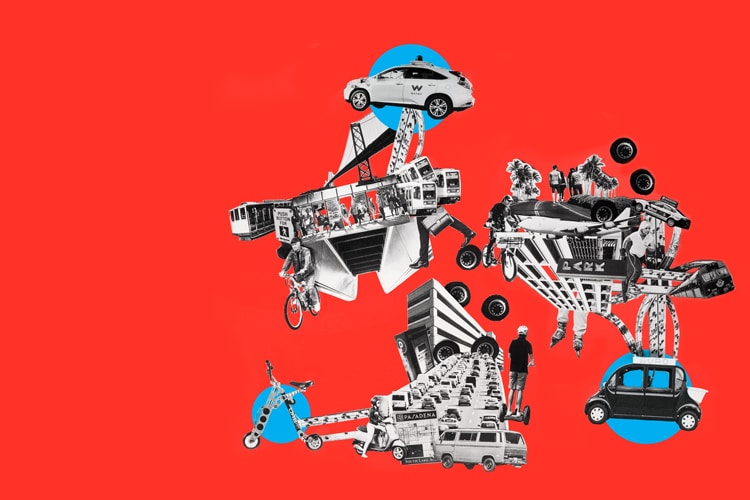California’s high-speed rail project has gone through a series of ups and downs, with the initial plan having been scaled back massively. According to several studies, the final budget is estimated to be nearly 200% of what was originally approved by California voters, while the first phase of the project isn’t scheduled to be completed until 2029. We caught up with Futurist and self-driving car guru Brad Templeton at the Computer History Museum in Mountain View for his take on the future of transportation. Templeton has advocated that money spent on high-cost and long-term infrastructure projects should instead go to creating more opportunities for innovation in robocar transport—dedicated autonomous vehicle highway lanes and a system of robocar transportation that includes buses, vans, and cars, which could be deployed depending on the level of demand, maximizing energy efficiency.
The American Society of Civil Engineers recently gave the US a dismal grade of D+ in their latest infrastructure report card. Something needs to be done. The question, according to Templeton, is what, and how to plan for it.

Built Blog: Clearly, you’re not a high-speed rail fan. Isn’t this the most cutting-edge technology we have for solving transportation problems in this country?
Templeton: High-speed trains are about a 50 or 60 year old technology.We have this image of high-speed trains being a futuristic thing, but they’re not.
The Japanese had the Shinkansen train in the 60s, so that’s over 50 years old. And what California high-speed rail wants to build is not a significantly more advanced concept. We have this image of high-speed trains being a futuristic thing, but they’re not.
Built Blog: You’ve written quite a bit about the effectiveness of robocars versus big infrastructure projects such as high-speed rail. What’s your thinking behind that?
Templeton: I preach a philosophy from the Internet, which a friend of mine calls the Stupid Network. The Internet is really, really simple: the idea is you put all the smart stuff at the edges of the network, which is called intelligence at the edges. And so all the intelligence is in your phone and in the Web site you’re going to. There’s almost no intelligence in the rest of the network.
The cool part about that was, because the intelligence is on the edge of network, anybody can play. Anybody can innovate. I preach a philosophy from the Internet, which a friend of mine calls the Stupid Network. The Internet is really, really simple … And so this has made me preach the same thing for our physical infrastructure now. Make the physical infrastructure really simple. Because you don’t know what 2035 is going to be like.
My friends built Skype. They didn’t go to the phone companies who own the data pipes and say “Hey, phone companies, do you mind if we build this Skype thing that’s going to eat your lunch?” The phone company would have said no. The old way of thinking about it was you had big central infrastructure, trying to make it as big and smart as you could. And then the only people who could innovate were the people who controlled the central infrastructure. Phone companies, train systems, whoever. And the Internet way of thinking is simple central infrastructure. Anybody can think of something smart so that you can literally have a Facebook or a Google born in a dorm room, companies that become the biggest and most important and most valuable companies in the world, most valuable companies in the world. They get started in dorm rooms because we let anybody play.
And so this has made me preach the same thing for our physical infrastructure now. Make the physical infrastructure really simple. Because you don’t know what 2035 is going to be like.
The cool part about that was, because the intelligence is on the edge of network, anybody can play. Anybody can innovate.
Built Blog: So what’s the solution?
Templeton: If you make the infrastructure simple then you get the benefit from everybody in the world trying to build something on top of it.
Trains are an example of that. Bare concrete on the ground carries cars, trucks, buses, pedestrians, bicycles, vans, and things that haven’t even been invented. And tracks carry trains, trains, or trains. Those are your choices. Or if you like, trains. It’s more efficient and there’s a few other things that are beneficial about it, but what’s not good about it is it’s locking you in. And so that’s what I fear about the California high-speed rail. Elon Musk might find one of his teams produces a Hyperloop for a tenth of the price of a high-speed rail and then nobody will want to even ride the train.

Built Blog: Are you optimistic that people will begin to think differently about big infrastructure?
Templeton: I don’t know how optimistic I am about this because of course I see it going the wrong direction right now. One of the mistakes of the high-speed rail approach is that the reports that analyze the economics of it all sort of seemed to assume a technologically static world.
So they say, in 2030 we will open up the high-speed rail and it will be clearly superior to the airplanes. I don’t think airplanes are going to stay the way they are now. I hope we’ll actually throw our arms up and say we can’t take it anymore, we’re not going to have to take three hours to fly somewhere when the train or the plane itself takes 50 minutes. What if you just had a high-speed rail from downtown San Francisco to the airport?One of the mistakes of the high-speed rail approach is that the reports that analyze the economics of it all sort of seemed to assume a technologically static world.
And what if there was a security clearance on the train? Say you got on the train and the security person took a photo of you and everything else that they do right as you’re riding the train, and then the train took you right to your gate.
In 2029 it’s just going to be a different world and there’s going to be options of other types of transportation.
Built Blog: But we do have to take some steps to improve infrastructure, right? What’s the best path forward then?
Templeton: I always tell people that you do have to make some bets about the future. But your goal should always be, if you see a decision you can delay, delay it.
You can’t delay every decision. But if you see a decision you can delay, then do it, because the you of 2025 is going to be so much smarter than the you of today.
That may be the only piece of Futurist advice which is actually valid. Every other prediction that I or anybody else can make about the future—you know, who knows? I have a joke. I say I’m actually a very good Futurist. Every prediction I’ve made that I remember has come true.












